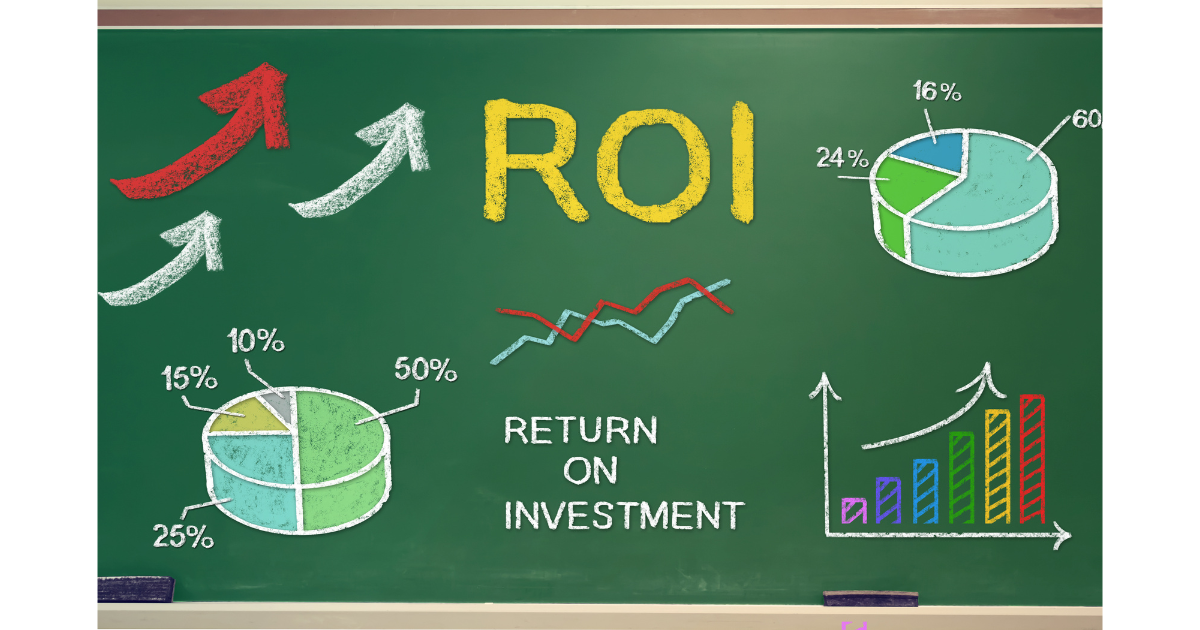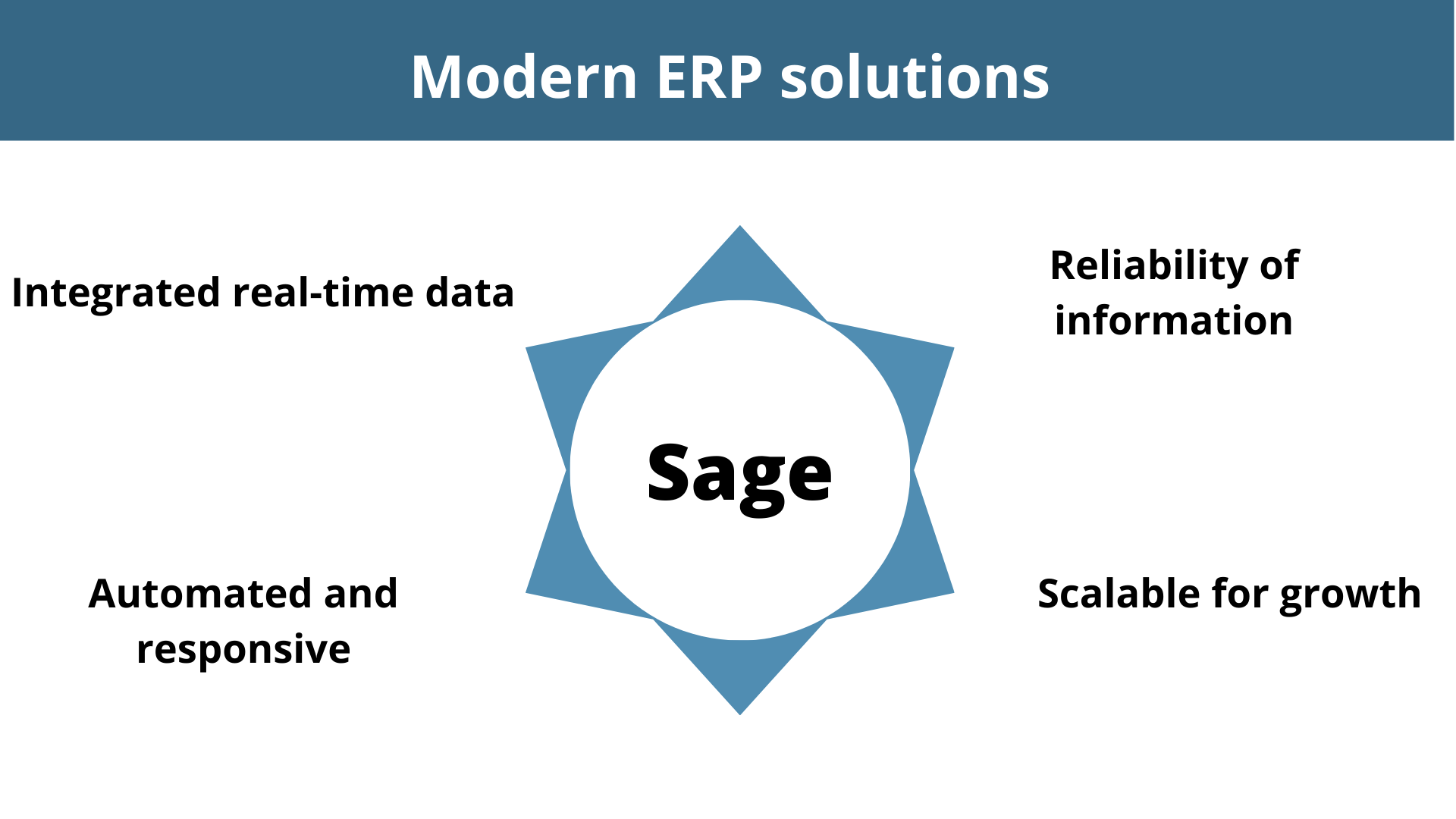The food industry is significant for the entire world. It encompasses the whole production process and sales of the food industry. It covers all the functions like growing, processing, manufacturing or distributing food. The food industry involves in the supply of food for the entire world population.
What is ERP?
Enterprise resource planning, or ERP, is an intelligent solution for businesses to manage their everyday activities. Every day businesses generate large amounts of data which is crucial to conduct business. ERP system optimises and organises data and stores it in information silos.
It performs core functions in all business processes. It identifies the weak areas and rectifies the issues. Significantly, it cuts all operational costs and helps the company succeed.
It is time-consuming and can automate mundane, repetitive tasks. It is a flexible, agile, and modular solution to operate the business efficiently. It automates all the business operations and round-the-clock schedules activities without human intervention.
Modern ERP system is a reliable solution for businesses as it offers the best practices and features to manage enterprises efficiently. Many companies take maximum advantage of the ERP system to stay competent in the market. ERP systems can be customisable based on industry-specific needs, an advantage for businesses to function effectively.
What is food ERP software?
ERP system designed for the food industry is an advantage to conducting operations efficiently and staying competitive. It is a fact that ERP provides the best practices for businesses to excel. But industry-specific ERP software offers the best features and tools needed explicitly for that particular industry. For example, Diaries can now trace their batch of products with RFID sensors.
Benefits of food ERP software
Industry-specific food ERP software is essential to stay competitive and provides the maximum advantage to enhance the activities of the business processes. Some of the benefits of food ERP software are enumerated below.
- Improves operational efficiency and increases productivity.
- Reduces unwanted expenses and wastage of raw materials.
- Transparency and accessibility to data in real-time.
- It helps maintain the highest food quality.
- Gives accurate data from the inventory.
- Transparency in the supply chain operations.
- Accelerate sales opportunities.
- Enterprise-wide visibility to all the users.
- Schedule and track the production process.
- Accurate formula and recipe management.
- Eliminates all human errors through precise automation.
Also read: The Advantages of ERP Traceability for Food Industry
How To Measure ROI (Return on investment)?
ROI is a measure to calculate the total profit generated after an investment is made. ROI comes in two forms in business based on when it is estimated. Anticipated ROI and actual ROI are the two categories of ROI.
Anticipated ROI
Anticipated ROI is calculated before the project even begins. It is calculated earlier to get an understanding that the project is meaningful enough to go ahead. Anticipated ROI estimates the expected revenues, costs and other assumptions that are likely to generate.
These expected figures are later run through different scenarios to analyse possible risks and the desired outcome. And then the decision is taken if it has to move further.
Actual ROI
Actual ROI is the real return on investment generated from the project. This estimate is calculated after the project is completed. After the project ends, the final revenue is compared to the estimated value.
Positive vs negative ROI
A positive ROI is when a project yields profitable revenue, more than the cost to pursue. A negative ROI means that the cost to pursue exceeds without giving any profits.
Another significant point to be noted is that the cost of the revenue breaks even, which means that the total revenue generated by the project represents the expenses.
Return on investment(ROI) formula
ROI is generally calculated by taking the overall revenue or profit of the project. The formula for ROI is written as —
Return on investment = (Net profit/ Cost of Investment)* 100
For project management, the formula for ROI slightly varies —
Return on Investment = [(Financial Value – Actual cost)/ Project cost] * 100
Benefits of ROI Calculation
ROI calculations are simple and very useful for the company. It informs the investor if it is worth pursuing a particular project. This calculation also points out how your investment has performed to date. So after analysis, if the revenue indicates a positive or negative ROI, the investor can determine if the project was a benefit or loss.
Calculating with an ROI formula help in separating high-performing projects from low-performing projects. With this portfolio in hand, investors can decide whether to pursue a project.
Benefits of the ROI formula
Analysts should be aware of all the return on investment ratios.
Calculation is simple
Return on investment is very easy to calculate. All that is needed is an estimated value and the actual cost. There should be a standard common formula to calculate because a return can mean different to various people. But there is no strict definition for ROI.
Understood globally
The ROI calculation is a universally perceived concept, so people will understand it even if you use it in any conversation.
Limitations of the ROI formula
ROI ratio is vital for the company. But there are certain limitations to this concept.
ROI formula ignores the time factor
The time factor is crucial to consider when calculating ROI. Plus, a higher ROI sometimes means it was a better investment. For example, there were two investments with an ROI of 50%. Here the first investment took three years to complete a project, and the second one took five years to complete. Time factors must be added to calculate the actual revenue of the projects.
ROI formula can be vulnerable to manipulation
An ROI calculation can vary for different people. The ROI formula doesn’t have a universal formula to calculate. So investors should find ways to calculate the true ROI in order to pursue a particular project.
Alternatives to the ROI formula
The ROI formula is a standard measure. There are also other alternatives to this formula.
The next best-detailed measure of return is IRR (Internal Rate of Return). This calculates the cash flow received over the entire life of an investment. This metric also takes account of the time factor.
Other alternatives to ROI are Return on Equity(ROE) and Return on Assets (ROA). These two types don’t take the time factor into consideration, it only calculates the annual rate of return. Plus, their calculations are more specific than the general return on investment.
How to use finance to pitch your project?
Financial data is very beneficial to pitch your project to senior officials. Have you ever faced this situation where you pitched your project to your manager, but it was turned down due to the need for more financial backup? There is a solution to avoid this situation. You can use the ROI formula to calculate the project’s profit before you present it to the higher management.
Usually, high-performing businesses are successful because they are intelligent decision-makers. They make data-driven decisions that benefit the company. Calculating the ROI means using the best resources possible to succeed in the project.
Sage X3
Sage X3 is an intelligent solution to operate businesses without any bottlenecks. Sage X3 ERP system is a preferred choice of companies worldwide to boost the productivity and revenue of any business. It is customisable and offers many features beneficial to manage business activities seamlessly. It is an agile, flexible and modular solution for companies looking to stay updated and competent. Plus, it can extend and be expandable to embrace merging technologies and third-party plug-ins. It is a modern one-stop solution designed to cater to all business requirements.
Sage 300
Sage 300 is the perfect solution for SMEs to manage everyday business operations. It performs all the core functions of the business efficiently. It is customisable and can embrace third-party plug-ins. You can get Sage 300 customised to suit your industry requirements. Many companies have seen considerable growth after deploying Sage 300 for their businesses.






